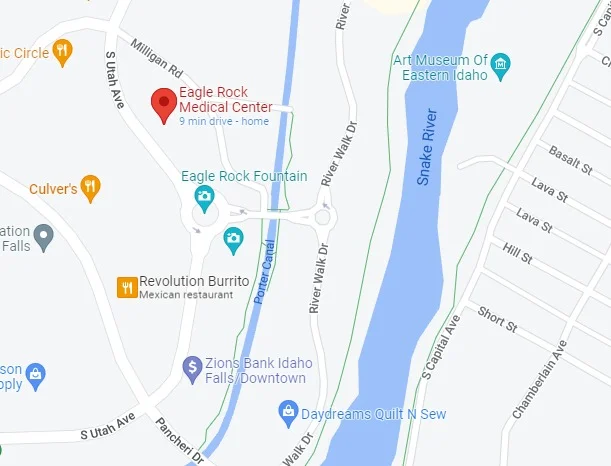- (208) 425-6020
- clinic@eaglerockmedical.com
- 919 South Utah Avenue Idaho Falls, ID 83402
- Home
- Nerve Decompression
Nerve Decompression
What is nerve decompression?
This procedure relies on surgically releasing the tight fascia, muscle, tendon, and sometimes bone that are compressing the nerve and cutting out the scar tissue around it. The goal is to provide space for the nerve, giving it a chance to regenerate its outer myelin sheath. Doing so in a timely fashion should lead to speedier electrical signals and return of movement, feeling, and function.
Are you a candidate for nerve decompression?
In entrapment injuries and some stretch-type injuries, the nerve can become compressed beneath tight anatomic structures such as fascia, muscle, tendon, and even bone. In these situations, the nerve remains in continuity but is its outer lining can be damaged by the pressure caused by these tight structures. In response, scar tissue replaces the natural outer insulation of the nerve, called myelin. With scar replacing myelin, electrical signals cannot easily travel. As a result, muscles are not signaled to contract and areas of the skin feel numb. In these situations, nerve decompression or neurolysis may be a useful treatment option.

